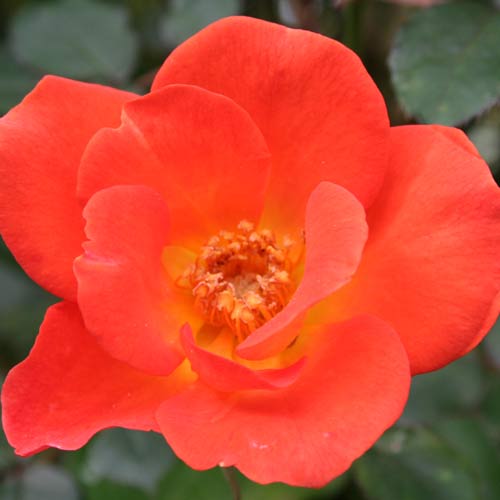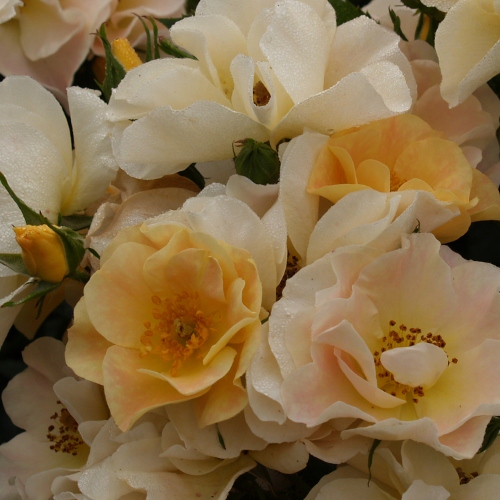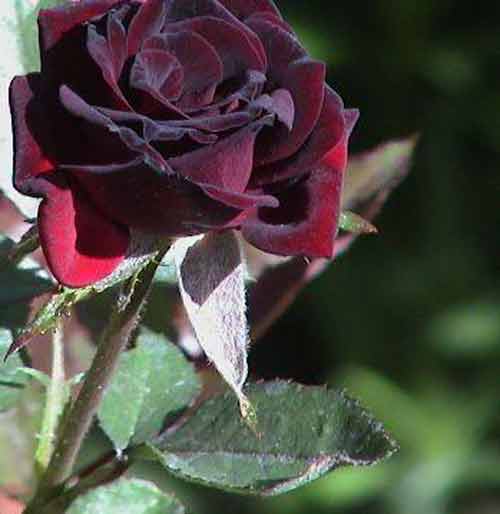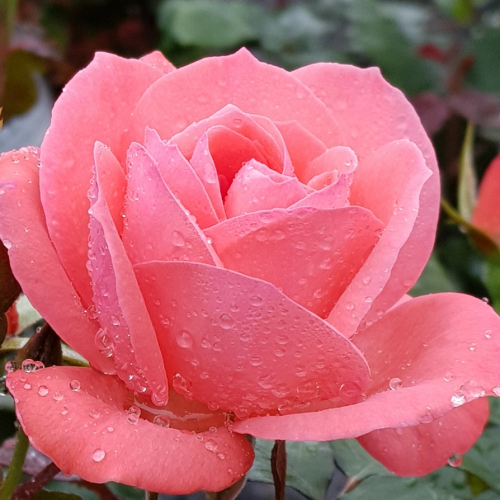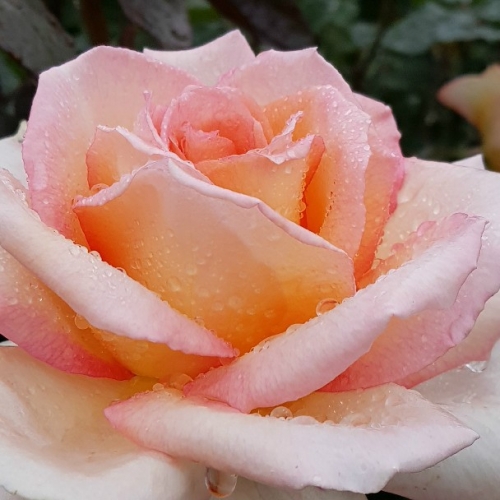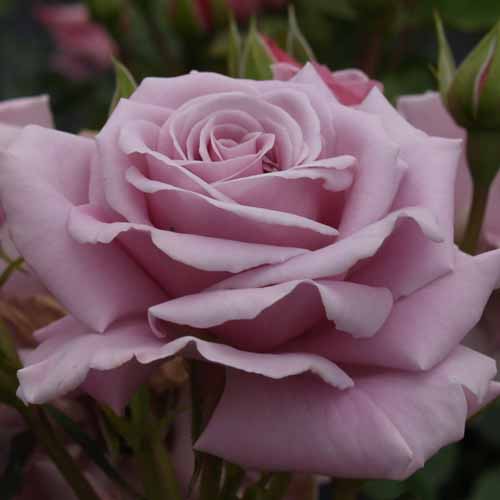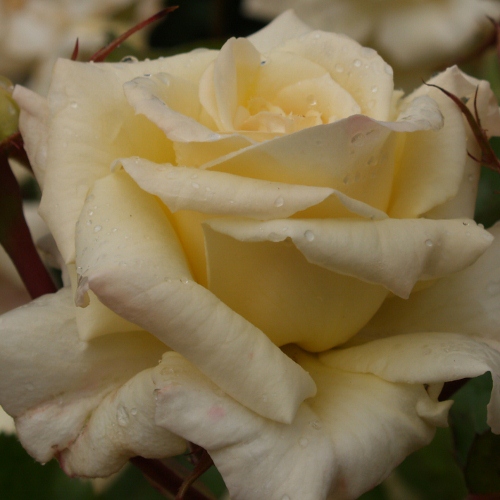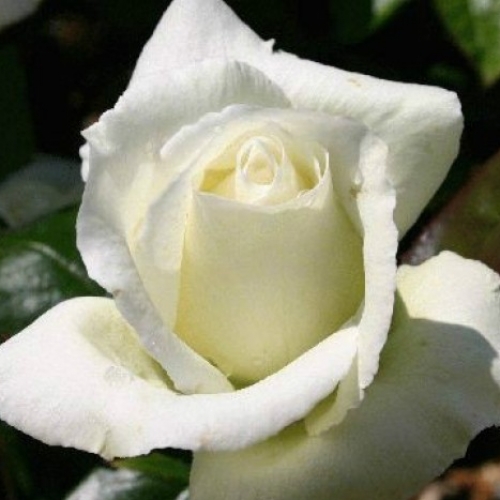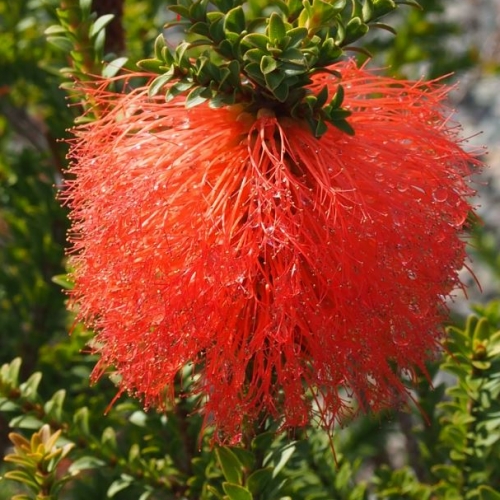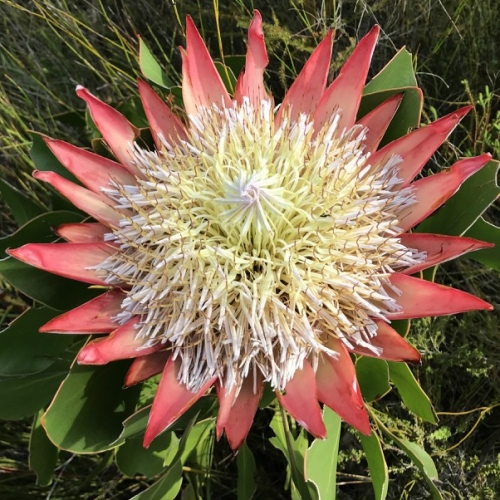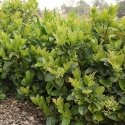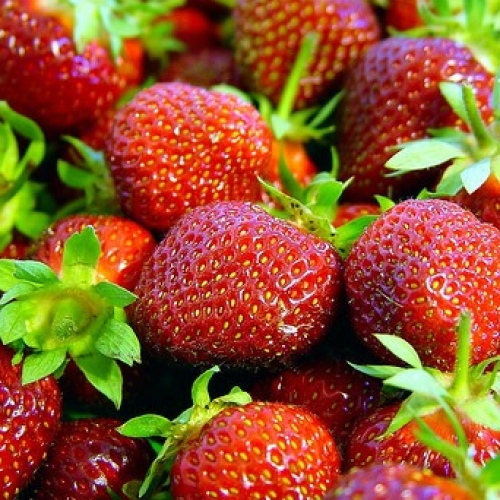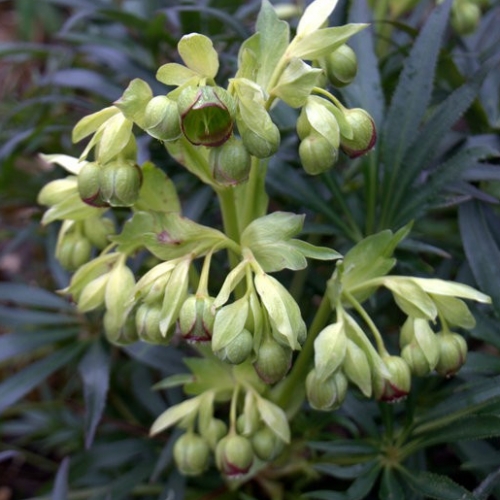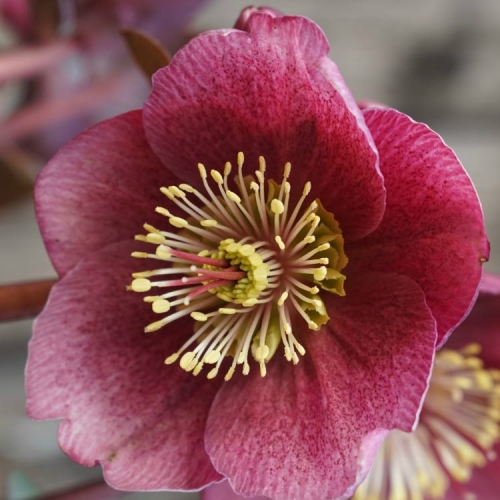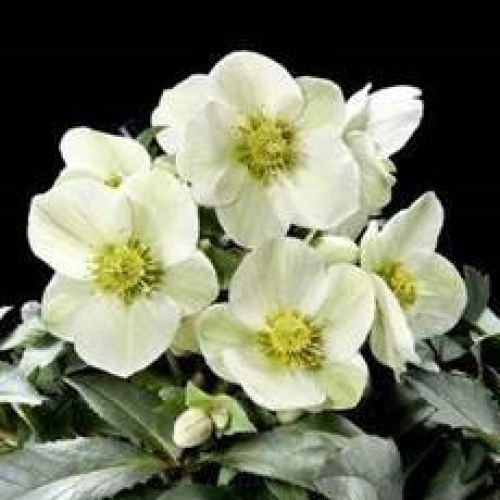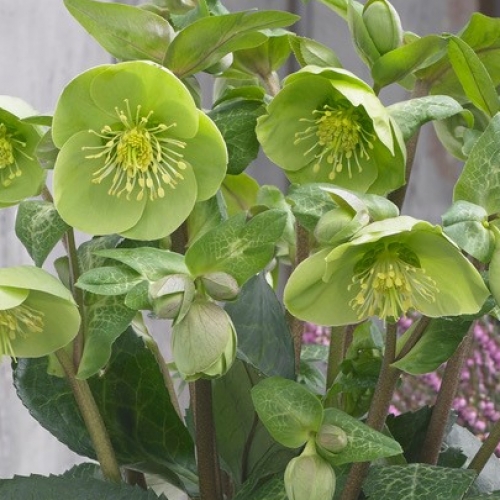Saturday 12th June, 2021
What's in a Rose?
Hi
Some things explained and it's not always coming up all roses
I have often written about what is involved in growing plants and of course all plants have different methods of production. It's probably relevant to start with roses, as that's what we are potting right now. Roses, fruit trees and all that are similar, being a two year crop.
In the first year, the grower has to grow the rootstock. In the case of roses, this is a species rose called Rosa multiflora, the grower will have a bed dedicated just to this rose. These are band sawed into appropriate lengths for standards and bush roses. Blind the stems, except for the top bud. This is the removal of all buds up the stem with a sharp knife, making sure to get all the bud, otherwise the rootstock will grow. Encourage roots with some bottom heat and then plant out into plastic in the field.
The next step is to bud the rootstock in the field with the cultivars of roses to be grown. Once the bud has taken and started to grow, they will go back and tip, or head back, the new shoot so the rose bush branches and grows into the plant that we sell. This step takes another year.
Detailed records are kept of the location of each of the different cultivars (the plants that have been budded), so when it's lifting time it is known what is being supplied. Rose beds are kept weed free, avoiding competition with newly developing rose bushes, also ensuring they have good air movement around them.
Apples,
pears,
citrus,
peaches,
nectarines,
plums and many ornamental trees, are all produced in this; usually, two year process, but on the appropriate root stock. Most apples are budded onto cloned rootstock, like mm106, which is an example of a semi dwarf and reasonable robust stock. However, there are plenty of others. Stone fruit... nectarines, peaches, plums etc., are often grown on Golden Queen seedlings. Cultivars of ornamental trees are mostly grown on seedling rootstocks of the appropriate species.
Just imagine if something goes wrong at any of these steps, keep in mind, we are dealing with a living product. I recall from years ago when I was working in a wholesale rose nursery, a worker was spraying weeds in between the polyethene mulch. The drift from the sprayer (a drift that you couldn't see), killed all the newly developing buds. This is devastating for any grower, as they make their whole years income in winter when they lift and sell their entire crop.
It has been such a changing playing field this year when it comes to trees and roses. One of the main NZ citrus suppliers, lost a rootstock crop of thousands. This led to a national shortage of available varieties, meaning we may not see many of the different lines we are used to until late 2021 and maybe even 2022.
Just the other day one of our major rose supplier indicated they had had a problem with their standard rootstocks this year. There will be very few available next year, so if you are hankering to plants some
standard roses, you might want to consider getting them this year. Luckily, thanks to Cece, we ordered more than we would normally, so should have plenty in stock.
Strawberry Plants
Bareroot
strawberry plants are only available at this time of year and we have supplied most or all of our pre orders. We still have some spare, but this is our last call. If you were expecting to hear from us, you better call.
They don't keep as bareroot plants for too long. Next week we will pot the remaining plants and have them available as potted plants in the spring.
Plant watch
Beaufortia sparsa Ang was cleaning the bottle brush area and pulled these to the front as they were hidden by all the other plants. Their the foliage and form are attractive, but don't know a whole lot about this one, a good one to research a tad more.. The flowers are typical of the bottle brush family being classic red and brush like.
The common name is swamp bottle brush and is endemic to the South West of Western Australia. This is a largish shrub of cascading habit reaching approx 1 to 3 metres high and a similar width. I imagine, like all in the bottle brush family, it will respond to being trimmed. Google also says that it grows in the sand in swampy conditions or near water courses. I reckon a good one to try in, or near, wet areas.
Viburnum Dense Fence this is a fairly new Viburnum on the block, and I have to say it has gorgeous looking foliage and looks perfect for a hedging plant. Viburnums are plants for full sun and good drainage, though will grow in most average conditions. Dense Fence will make a pretty cool hedge, comparable to Camellias, Michelias and many others, capable of heights of 1.5 or over 2 metres.
Protea Tsitsikamma is a Cynaroides or a King Protea hybrid, so if you were looking for a King protea to plant in your garden, this one could be the next best thing with a similar bloom form. Proteas make for pretty fabulous cut flowers and you will always get a better shrub if you trim the bush back after flowering. Another important thing to remember, don't use regular ferts, as the protea family are allergic to phosphates.
From those that know..... aka Waikato Rose society
A quick reminder, if you haven't already registered for our Rose Pruning event, please do so by clicking the appropriate link below.
June Dates
July Dates
What does it for Winter Roses?
Jan messaged me the other day with... an idea for your newsletter... I have had about 6 enquires about growing hellebores this week, perhaps a little spiel? and why not!!
Helleborus are more commonly called Winter roses, I guess because these beauties flower in winter.. but what do they like ?
First up, they are pretty hardy, so should be easy to grow. Perfect for those semi shade, or dappled light positions with adequate moisture, so not too dry or too wet. Beware though as semi shade spots are often under trees, particularly established trees, so these locations can often be quite dry and denuded of nutrients due to the tree grabbing all the food and water first. Generally, plant in moist, rich soil. They respond well to be being mulched and fed, as do all plants, and watered throughout the summer if it's too dry.
Often they will get an infestation of Aphid during, or after, flowering which can make them look scruffy and of course if it's a large population, can cause some damage, so a couple of sprays with normal
rose spray, suitable for aphids, should deal to this issue.
I love Winter roses mass planted. If you plant them at around 70cm spacings they should almost cover all the ground and exclude the weeds. If they are under deciduous trees then ensure that you remove the leaves that fall so they don't smother the plants and spoil those stunning flowers.
I find the species with orientalis form and leaves are the hardiest and most tolerant but there are quite a few hybrids these days that have really attractive leaves. They seem wider and have quite
stylish markings. It's these that I would suggest go into a well drained, drier, position but still in semi shade.
I woke in the night the other week, as you do when running a small business, and was thinking about Camellias. Now a good quality Camellia could take some 4 to 6 years to grow from cutting into a retail quality specimen. Sadly one of our major suppliers, with the best range, are retiring and we only have a couple of years left to enjoy supply of their range. It weights on me that I have to find someone, to take their place now, so as to give someone enough time to produce the quantities that we need. OMG always thinking to the future especially as Camellias are one of my fav plants being so robust and awesome for hedges... don't forget that we have a good hedging grade of
Setsugekka and
Early Pearly from just $16.99ea
The nursery is so worth a look at the moment with the hedges looking immaculate, a back drop of trees, and of course, all the space we have made for the roses... we will be doing some more rose potting but are still waiting on a couple more suppliers.
It's time to head home so I'll finish up. Have a great weekend.
Cheers Lloyd, Tony and the Wairere team
